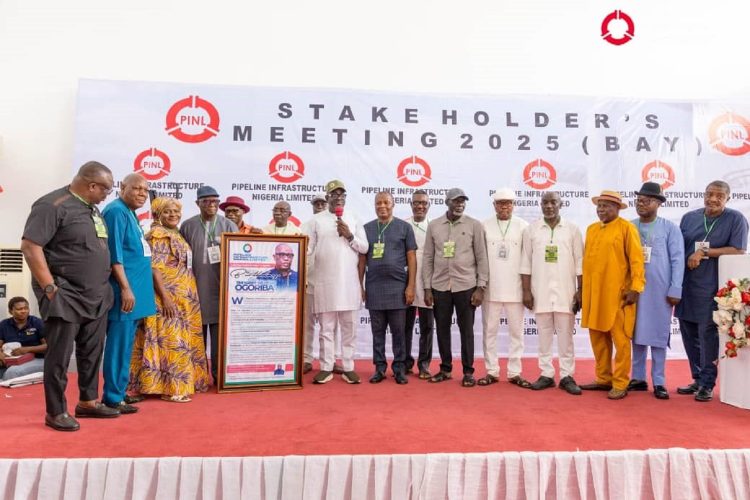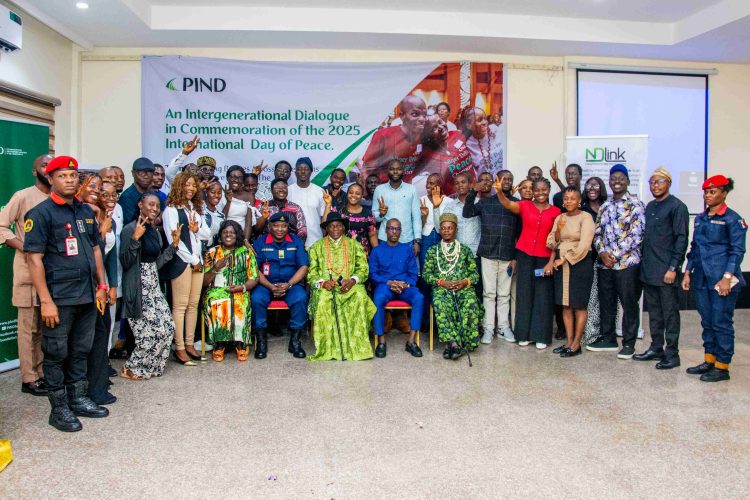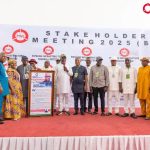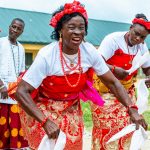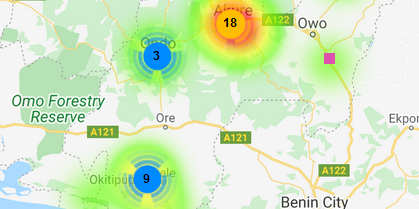
Sexual Violence against Children in Ondo State – August 22-28, 2021
August 27, 2021BMI Engages Stakeholders and Government Regulatory Agencies at TWG1
September 27, 2021
By Bariton Lezabbey
Experimental planting of mangrove seedlings is ongoing in the Bodo Remediation Project Area, currently reaching over 126,000 plants in the ground as the month of September begins. This is the largest replanting ever undertaken in the Niger Delta region and represents the initiation of placing nearly 2 million locally grown seedlings into the affected area.
The Bodo Remediation Project is progressing through three phases since being fully activated in 2017. Phase 1 focused on free-phase oil removal, with actions taken to remove/reduce oil in the sediments, collect and to evacuate recovered liquid and solid wastes for proper disposal at designated government approved waste treatment facilities.
Currently underway, Phase 2 involves a more intense effort of raking, flushing and sediment agitation of approximately 1000 ha within the Bodo creeks. Cleanup activities are presently 16 months into the process with over 524 ha (54% of the total) completed to a first stage of satisfactory field review. Sediment sampling for chemical analysis to meet regulatory requirements is progressing simultaneously as remediation actions for a particular work area are completed.
BMI Conducts Certification Course for SCAT Monitoring and Verification of Bodo Cleanup
All Project phases include the participation of various stakeholders including representatives from government regulatory agencies, the Bodo Community, the Shell Petroleum Development Company of Nig. Ltd. (SPDC), Civil Society Organisations (CSOs) and the Bodo Mediation Initiative (BMI).
After remediation, the restoration phase encompasses the revegetation of the former mangrove forest damaged by numerous oil spills in the area. This effort involves the planting of roughly 2 million seedlings, which serves to reduce remaining hydrocarbons (phytoremediate) and provides a breeding habitat for the various biota naturally occurring in a healthy forest.
To gage the viability of the mangrove seedlings to survive in recently cleaned areas, the BMI is monitoring work by seven contractors to install mangrove seedlings. Mangrove planting is expected to continue through 2022 as cleanup of the entire area is gradually completed. After planting, seedlings will be monitored for survivability and growth beginning within six months and continuing with on-the-ground surveys for two years. Monitoring using remote sensing will continue for an additional three years.



